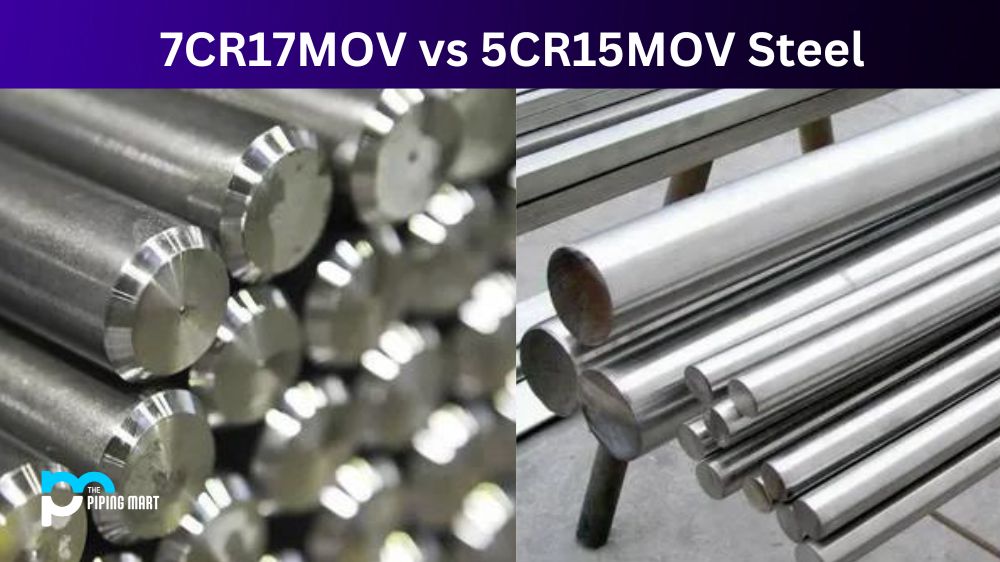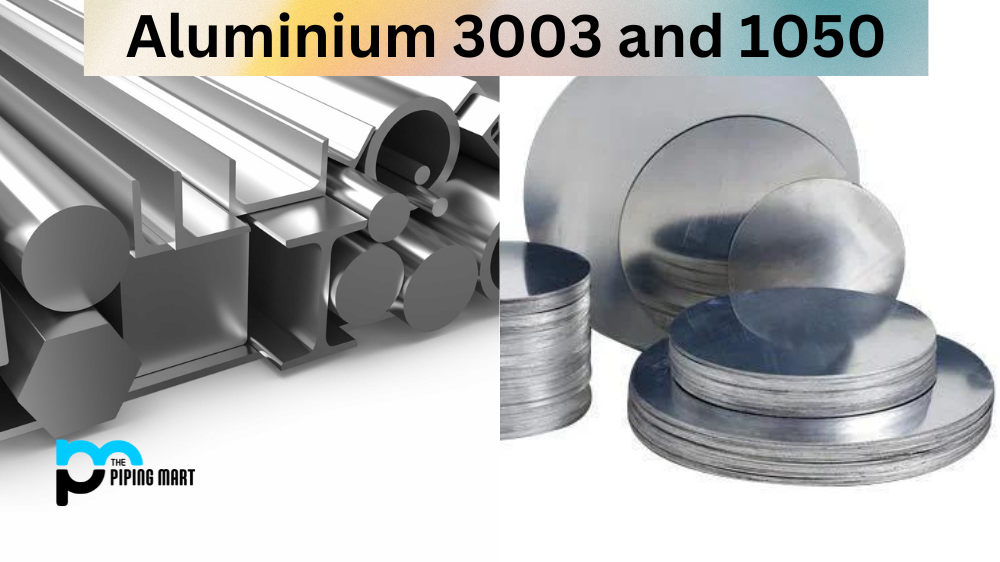If you’re new to working with steel, one of the first things you’ll need to learn is the difference between low and high-carbon steel. While they may look similar, their properties can vary greatly. This blog post will closely examine how these two types of steel differ.
Low Carbon Steel
Low-carbon steel is typically used for automotive parts, tools, and machine parts. It contains up to 0.3 per cent carbon by weight, making it relatively soft and easy to work with. Due to its low carbon content, low-carbon steel is not as strong or hard as high-carbon steel. Still, it has good ductility and machinability, which makes it useful for many applications where strength or hardness are not major considerations. It also has excellent weldability properties making it a popular choice for welding projects.
High Carbon Steel
High-carbon steel contains up to 2 per cent carbon by weight, making it much harder than low-carbon steel but also more brittle. It is often used in knives and swords because of its superior edge-holding ability and toughness, but it can be difficult to sharpen due to its brittleness. High carbon steel is also used in automotive components such as axles, gearboxes, springs, valve components, and suspension components because of its strength and durability. However, since it is more brittle than low-carbon steel, it can be prone to cracking or breaking if subjected to shock or stress loads beyond its design limits, so proper design considerations must be taken into account when using high-carbon steel in certain applications.
Difference Between Low and High Carbon Steel
- Low-carbon steel is less expensive than high-carbon steel.
- Low-carbon steel is not as strong as high-carbon steel.
- Low-carbon steel is more ductile than high-carbon steel.
- High-carbon steel is more brittle than low-carbon steel.
- High-carbon steel is more difficult to weld than low-carbon steel.
Conclusion:
In summary, there are significant differences between low and high-carbon steels that should be considered when selecting a type of steel for your project or application. Low-carbon steels are generally soft and easy to work with, while high-carbon steels are much harder and stronger but may be prone to cracking under certain conditions if not properly designed for the application they will be used in. Manufacturing professionals, as well as metalworking hobbyists, should evaluate both types of steel before making a decision on which one best suits their needs.

Pipingmart is a B2B portal that specializes in metal, industrial and piping items. Additionally, we share the latest information and information about materials, products and various types of grades to assist businesses that are involved in this business.




